BLOG
Sneak Preview: Cape Town Everyday Journeys
Rushes from the tiny action camera are pretty successful, and the doggycam was surprisingly fun. In this video the camera is operated by Emma, a border collie. She expertly captures the moment when her human, Judy-Ann and I get caught out by a big wave on Sea Point Promenade, Cape Town. Emma is a very good girl.
Preparing for Cape Town

A few minutes after I hit ‘publish’ on this blog post I am getting on the Crossrail Elizabeth Line train to Heathrow and flying to Cape Town to shoot a series of short documentaries for the Imagining the Ordinary City project, on which I’m the filmmaking research assistant. It will be my first time in Cape Town and my first time in South Africa. My main focus is to make a series of documentaries about “Everyday Journeys” – regular Cape Town people moving through the city living their ordinary lives. We’ll pair up those journeys with those of South African emigrants living in London, which I’ll shoot later this year.
Much of what I’m planning to achieve artistically is affected by what I can reasonably expect to do with the resources at my disposal. I’ll be working with one assistant, but they’re primarily a research assistant, not a trained film crew member; we need to stay discreet and light on our feet particularly so we don’t attract petty theft (unfortunately, rather common in Cape Town); and I need to fit my kit into one bag that will go in the overhead bin on my BA flight.
I know some people out there get quite excited by kit and packing, so here is an image of what I reasonably expected to take with me.
On the left is a tiny action camera and some grip equipment to help me mount it in various places, including on people’s dogs (because, yes, I am planning some Laurie Anderson style doggy-cam shots). The most important thing is that the action camera is tiny and can be discreetly mounted on people’s chests, just outside their clothing.
Moving right, the next column comprises two Fujifilm mirrorless X series camera bodies. I’ll be shooting primarily with the Fuji X-T3 because it shoots in Fuji F-Log, which makes grading a lot more do-able. The X-T20 is my backup just in case. It’s my pocketable travel camera and it’ll have a pancake 27mm lens on it most of the time. Hopefully I won’t need to use it to shoot any of the actual documentary.
Then in the top middle are 2x2TB external HDDs, which I hope will be big enough for the rushes. We’ll see!
And the rest of the kit is mostly sound: two Sony wireless lapel mics and a dinky Rode wireless lapel/vlogger mic, and then my trusty Sennheiser ME66 and a Zoom H4N. None of this stuff is new or fancy, but it gets the job done.
And then I have a lightweight collapsible carbon fibre travel tripod, which has been worth every penny of the £100 it cost about five years ago. And of course, a first aid kit which normally goes hiking.
Most of this stuff packed into my camera backpack, which then went inside my Easyjet size carry-on wheelie duffel, along with items that were awkward/too big for the backpack. Somehow everything you see above went into this:
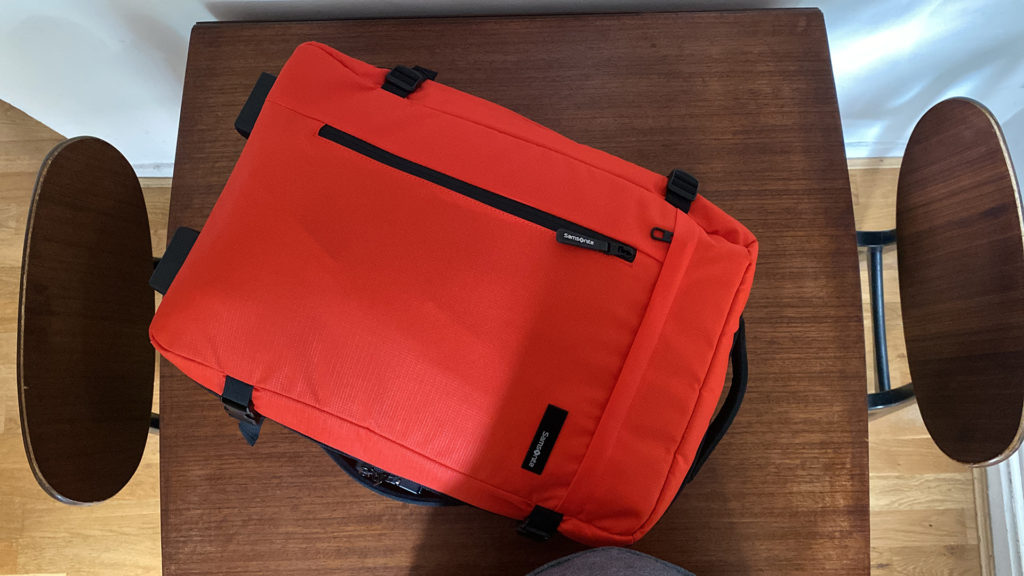
So now, with a mixture of excitement and trepidation, it’s time to wheel my luggage out of the door and into a new adventure.
Achievement unlocked: PhD
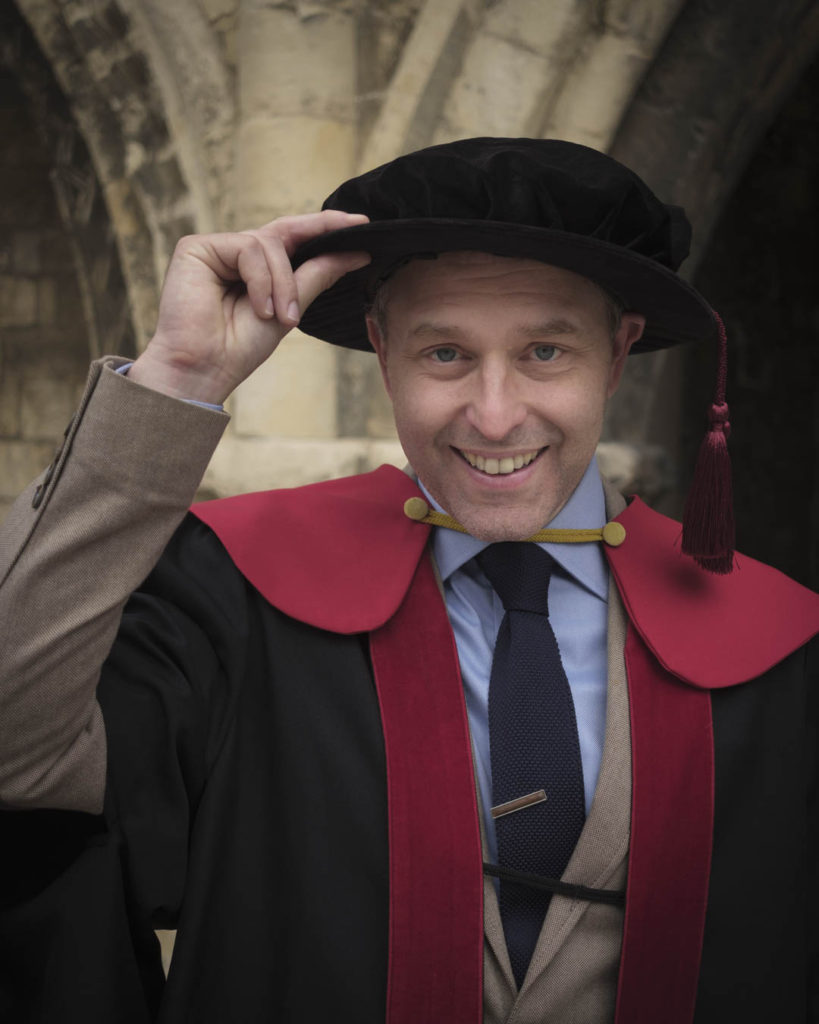
On the morning of Wednesday 24th August I was hooded by the Vice-Chancellor of the University of Kent along with eight other PhD graduands and a host of BA, MA, and PGDip recipients. The title of the thesis, which was read in full just before I received my degree is Mythical Middle England: Illuminating the Aesthetic Potential of English Non-Places Through Narrative Cinema. It has been a long process, and one which has changed the way I think about my topic of study, the way I approach my work and my sense of self. I don’t feel like recounting much about the thesis itself in this post right now, but I do want to cite the acknowledgements publicly here.
I have many people to thank for helping me reach this stage in the PhD, and my continuing artistic voyage into deepest Middle England: firstly Lavinia Brydon for her unflagging guidance and support throughout bewildering changes in global and personal circumstances, Frances Kamm and Murray Smith for stepping in towards the end of the process to help me over the line, Richard Misek and Mattias Frey for their guidance at key points in the earlier stages, Lawrence Jackson for film folklore tips, and Angela Whiffen for interpreting university administrative liturgy into vernacular speech. The time you have all given me is precious.
Resources are also useful, especially for PAR projects, and I would like to thank the School of Arts and the University of Kent for the Vice-Chancellor’s Scholarship award for the financial support.
Also within the field of academia, I would like to thank Dr. Jane Adams for our conversations about healing with water and Dr. Catherine Robson for encouraging my academic and teaching career more generally.
Outside the university, a great many people have given their time and their skills to make the creative output of this project possible. I acknowledge that contributions of cast, crew, and documentary subjects in the credits of the films but I cannot thank cinematographer Alexandru Grigoras, editor Svitlana Topor, and script editor Margaret Glover enough times for their contributions to the films, and for being the kind of collaborators who save me from bad filmmaking decisions.
The cartographical parts of this study would have been impossible without the help of Beth Manghi, whose GIS coding helped me plot the settings of British films.
This written thesis and the two films are all dedicated to the memory of Dr. John Harcup, who was my grandfather’s GP, and who later became my documentary subject, historical adviser to the short film Water Cure, a supporter, and a friend. It is rare to meet someone who blends a natural authority and the power to make things happen with curiosity and good humoured humility. He is missed.
Immediate family have also been crucial. David and Leonie Creighton for helping with outlandish requests, storage, and places to sleep, Duncan Graham and my sisters Caitlin and Rhianon Graham for keeping me moving both physically and psychically, and of course Courtney Hopf for more than twenty years of shared growth, enduring the demands of my muse, constant notes and reassurance and, yes, proofreading.
Brighton action cam test
In preparation for a series of short documentaries I’m going to shoot in Cape Town in August I have been doing some test shoots with a tiny (40g) action camera that attaches magnetically to a pendant worn under your clothes. My intention is that it is small enough not to draw attention like an actual camera but big enough that it isn’t as unnerving as cameras hidden in your glasses.
One of the benefits of mounting a camera on your chest rather than on your head is that the image points in the direction of overall bodily motion, ie. when I pause look left and right when crossing the road the camera doesn’t look left and right too. I think this is both calmer and more suited to my intentions.
Image stabilisation is achieved by shooting wide angle and at 2.7k (or 4k) and using postproduction software that crops and rotates the image to remove much of the jiggle introduced by walking before outputting at a lower resolution (in this case 1080p). It doesn’t completely remove the bob of walking, but the result is much more watchable than unstabilised footage.
Despite my mild anxiety about wearing a camera, at the games expo I saw about three people wearing the Ray-Ban Meta glasses, so now I’m wondering if I backed Betamax instead of VHS in the inconspicuous camera stakes.
Preparing for Develop:Brighton 2024
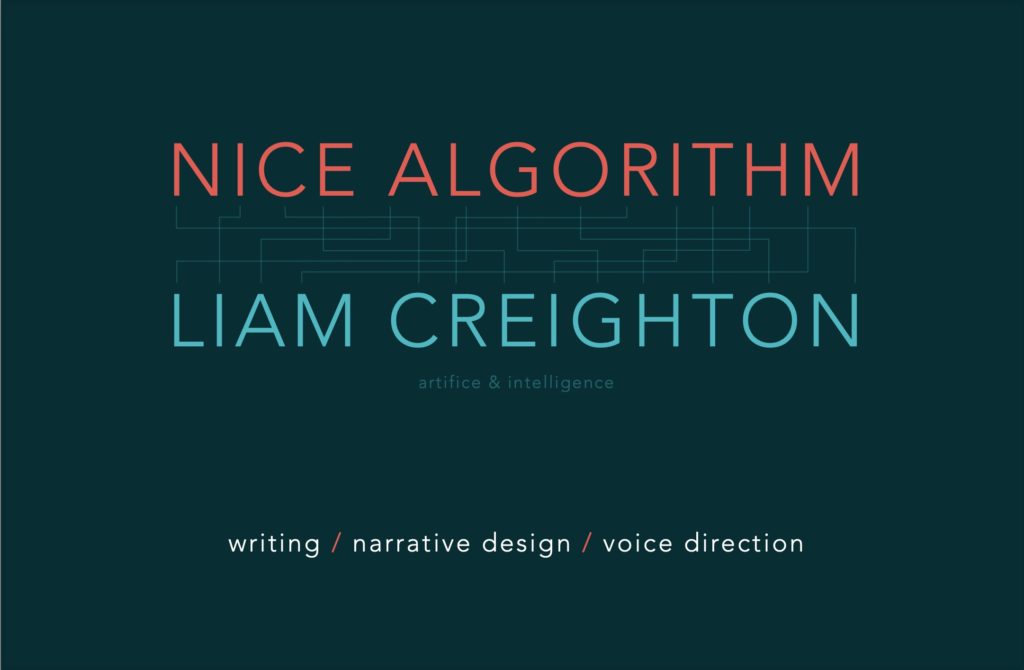
I’m heading to Develop on the 11th, which means I need an updated business card.
Back in 1994 I had a program called Anagram Genius on a 3.5″ floppy disc for my Acorn A3000, which I bought because its magazine advert informed me that an anagram of “Michael Portillo” (at that point a prominent Tory MP) is “A Cool, Limp Hitler”. I instantly put the program to work on the names of everyone I met, and so I have known for decades that the best anagram you can make of my name is “Nice Algorithm”. I am very pleased that this information is finally having its time in the sun.
NB. The developer of Anagram Genius, William Tunstall-Pedoe, is still releasing new versions. He is probably better known for developing Evi, a voice assistant technology that was acquired by Amazon and became Alexa.
Current work: Prim
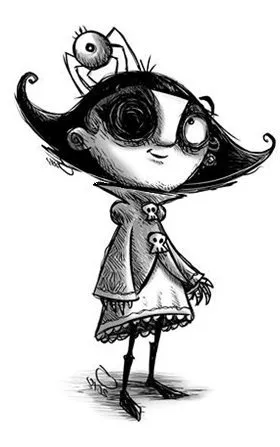
This week I’m focused on directing voices for Gothic comedy adventure, Prim by Common Colours.
The Tim Burton and Terry Pratchett influences are pretty clear, and it’s fun working in such an arch comic fantasy register. The voice cast features a number of actors with a track record in narrative and adventure games, including Ivy Dupler (Genshin Impact), Rhiannon Moushall (Warhammer 40k: Rogue Trader), Jason Hall (Dragonheir: Silent Gods), Stephanie Cannon (Eiyuden Chronicle: Hundred Heroes), Toby Longworth (Judge Dredd: Dredd vs Death, Broken Sword), Adrian Vaughan (Armello: The Dragon Clan), and Sally Beaumont (Lucy Dreaming, Mutropolis, Heaven’s Vault). Our lead, Prim, is voiced by Maria Pendolino (Pagan: Online).
I’m not privy to the release date, but I suspect it will be out in the last quarter of 2024 / first quarter of 2025 on Steam, GOG, and all other reputable platforms. Publisher is Application Systems Heidelberg.
Current Writing Music: The Deep Ark
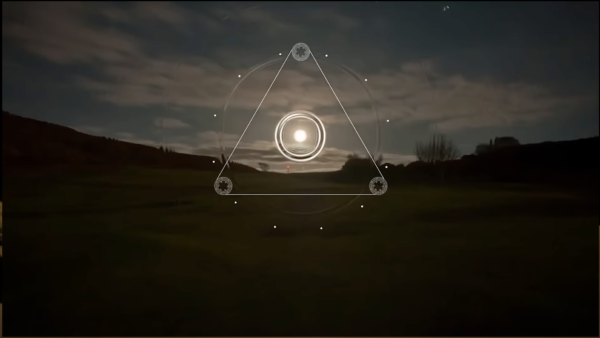
The soundtrack to my writing at the moment is being absolutely dominated by this expertly curated, diligently mixed (and in some cases re-mixed), eight-hour session called The Deep Ark. It’s a selection of pastoral British electronica that absolutely hits the spot if you came of age in the English countryside in the 1990s. It features ?-Ziq, Autechre, Future Sound of London, Sabres of Paradise, an amazing Funkstörung remix of Björk, and some really tripped-out deconstructions of Saint Etienne. Oh, and of course a number of tracks from Aphex Twin (and his various aliases) and Brian Eno. The digital liner notes are exhaustive, and include a justification for each individual track along with a lot of history of the scene that produced these sounds. It is clearly an absolute labour of love for mysterious DJ The Arkitekt, who assembled the whole thing, commissioned photos, and even published a book about the mix with Broken Sleep Press.
New Pye Corner Audio
I’ve been so busy that I didn’t notice one of my favourite hauntological synth musicians released a new album. Pye Corner Audio’s fifth album, The Endless Echo has been out since 5th April.
As per usual, it’s a miasma of unheimlich cinematic analogue synths floating over a bed of satisfyingly crunchy beats. Absolutely the score for the subterranean Middle English hauntological dystopia film I yearn to make.
Castilian Westworld
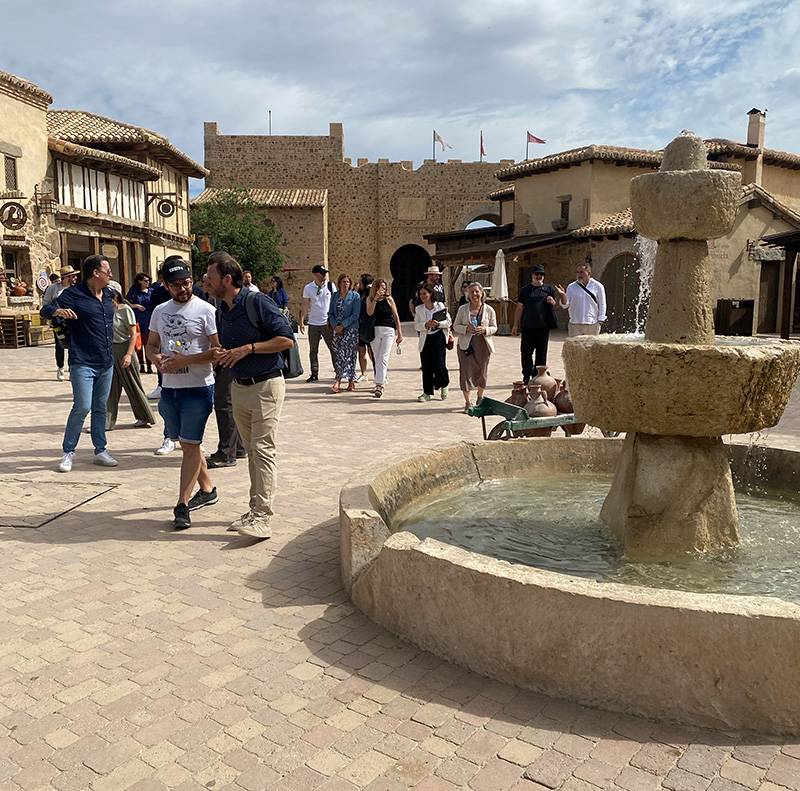
The Conecta festival and the city of Toledo were fantastic and I’m going to write a little about my experiences in a later post. One of the stranger things we encountered during a pre-conference day of round-table discussions was the Toledo branch of the Puy de Fou historical theme parks. Founded in 1977 by notorious rightwing politician and novelist Philippe de Villiers as an offshoot of his historical drama TV show Cinéscénie, the original Puy de Fou in Les Epesses became the fourth most-visited theme park in France after the two Disney parks and Parc Astérix.
At night the park stages a performance in which various historical tales are re-enacted in grand mythic style. Columbus sails to the new world, Knights Templar crusade, Visigoths battle Romans. It is a deeply uncanny place, especially the brand-new ancient castles with perfectly pointed brickwork. The park is right in the middle of in a region so rich in real ancient castles it is called Castilla-La Mancha.
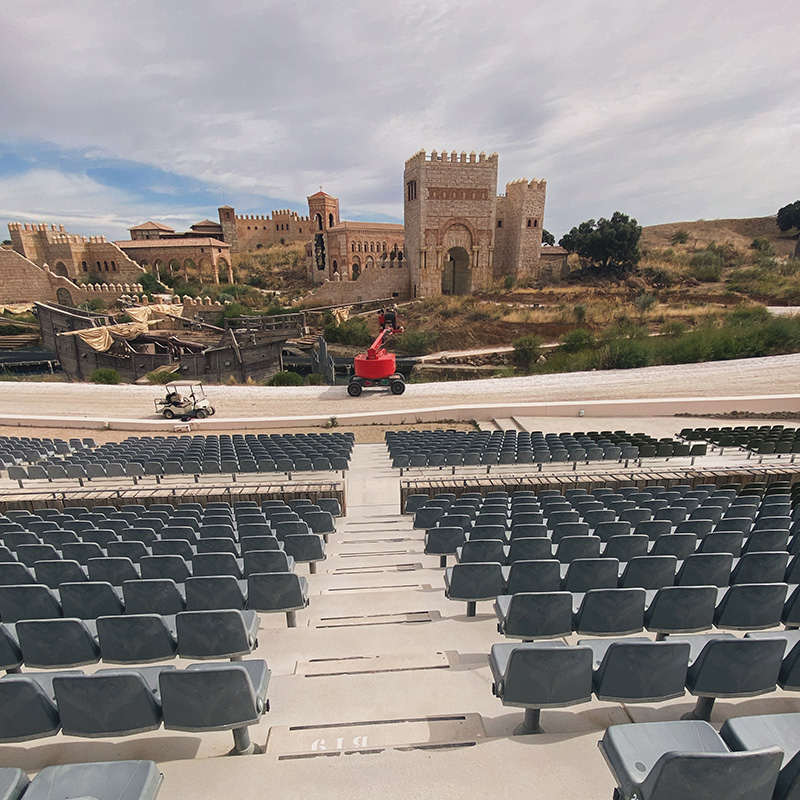
I had been wondering about the potential for using this place as a location for a fanciful and historically inaccurate TV series of my own, but when fellow writer Pierre Puget told me about de Villiers’ political positions – he is an apologist for ‘illiberal democratic’ populists like Hungary’s Orbán – I rather lost interest.
We Stay Behind demo, story trailer released
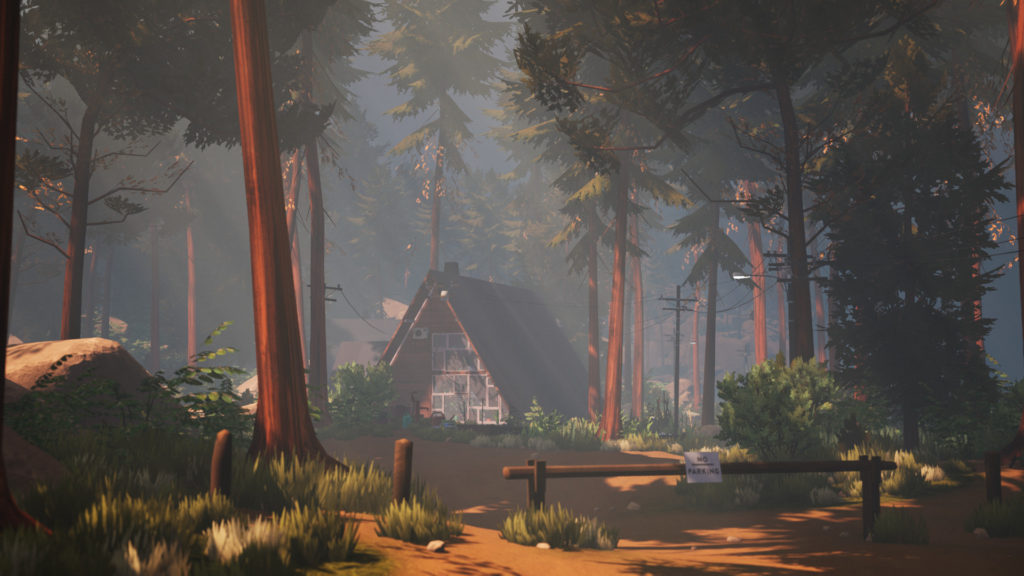
I’m absolutely delighted to be working on narrative design, English localisation, and directing voices for this beautiful mystery narrative game set in the Pacific Northwest. Marcus and the rest of the Backwoods development team just released a new demo for the game, and a trailer teasing the story. Both demo and trailer feature the voices of our talented cast, including Amy Quick (Unforeseen Incidents, Eve: Valkyrie), Morgan Taylor (Choo-Choo Charles), Alan Adelberg (Marvel Avengers Academy, Iron Fist), Terrance Addison (Dragon Siege, Mafia City) and Francesca Meaux (Hades, Dunk Lords, The Riftbreaker).
Evening sun, Toledo
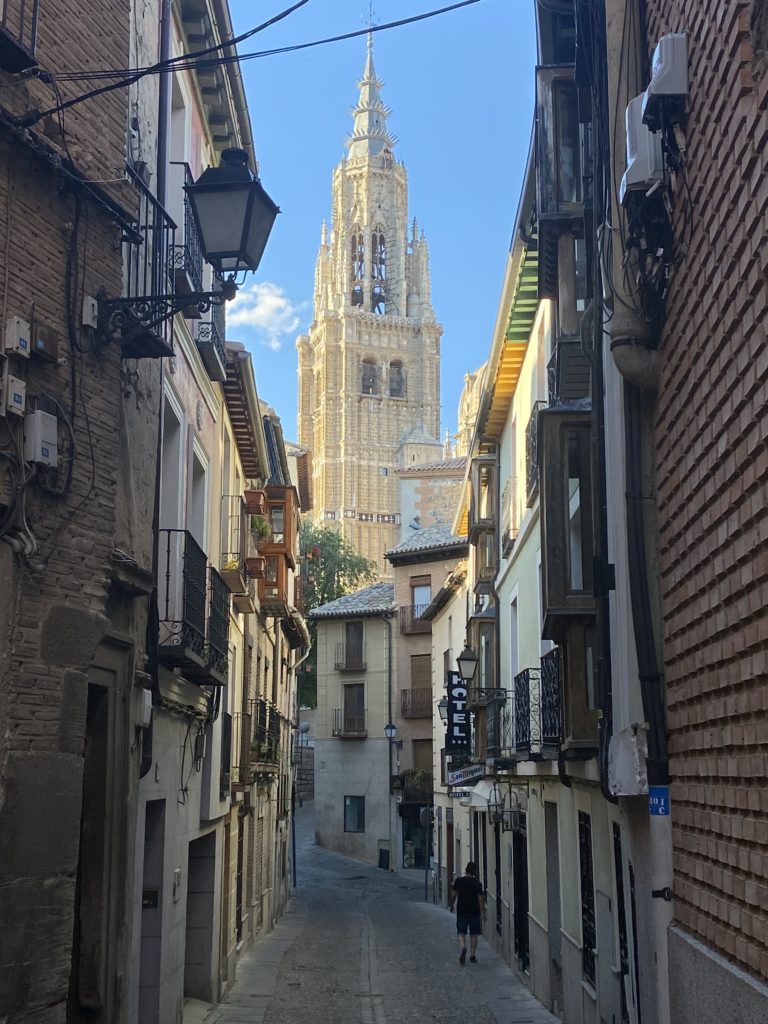
I’m already seeing what Buñuel saw in this place. Just around the corner is a small shop selling marzipan made by nuns and staffed by nuns.
In Buñuel’s footsteps

I’m going to be in Toledo all next week attending the Conecta European TV networking event, and sticking around a couple of days afterwards for a little city break which will probably involve bicycles at some point.
When I mentioned to my friend Svitlana that I was going there, she told me the city was beloved by Luis Buñuel. A little digging, and it turns out before the Spanish Civil War, when they were all alive and on speaking terms, Buñuel, Dalí and Lorca visited Toledo and, “fascinated by the mysterious air it gave off,” were moved to invent their own semi-satirical religious order/artists collective, the Order of Toledo. More about it in this article by Roberto Majano.
The principle activity of the order was “to wander in search of personal adventures” and the induction ceremony was to be stranded alone in the darkness of Toldeo at the toll of the 1am bell. This reads to me very much like a precursor to the Situationist activity of dériving around Paris. Perhaps Guy Debord drew inspiration from Buñuel?
Bonus anecdote: Buñuel hired a sex worker in the city, not apparently for sex, but in order to hypnotise her, because surrealist research doesn’t have to answer to ethics committees.
Tips on voice directing for games
I’m very excited to share the first fruits of my work with Backwoods Entertainment – some fun stuff is coming up next week, which I can’t get into specifics about right now. So in the meantime, here’s one of my favourite talks from Adventure X 2023, which I shot along with my friend Laura Spini. UbiSoft Reflections developer Khan shares some wisdom from her time in the voice director’s chair.
Mother, daughter and doll
Mother, daughter and doll, Hackney Road, 1st September 2017, Fuji X-T20.
Loose Chain
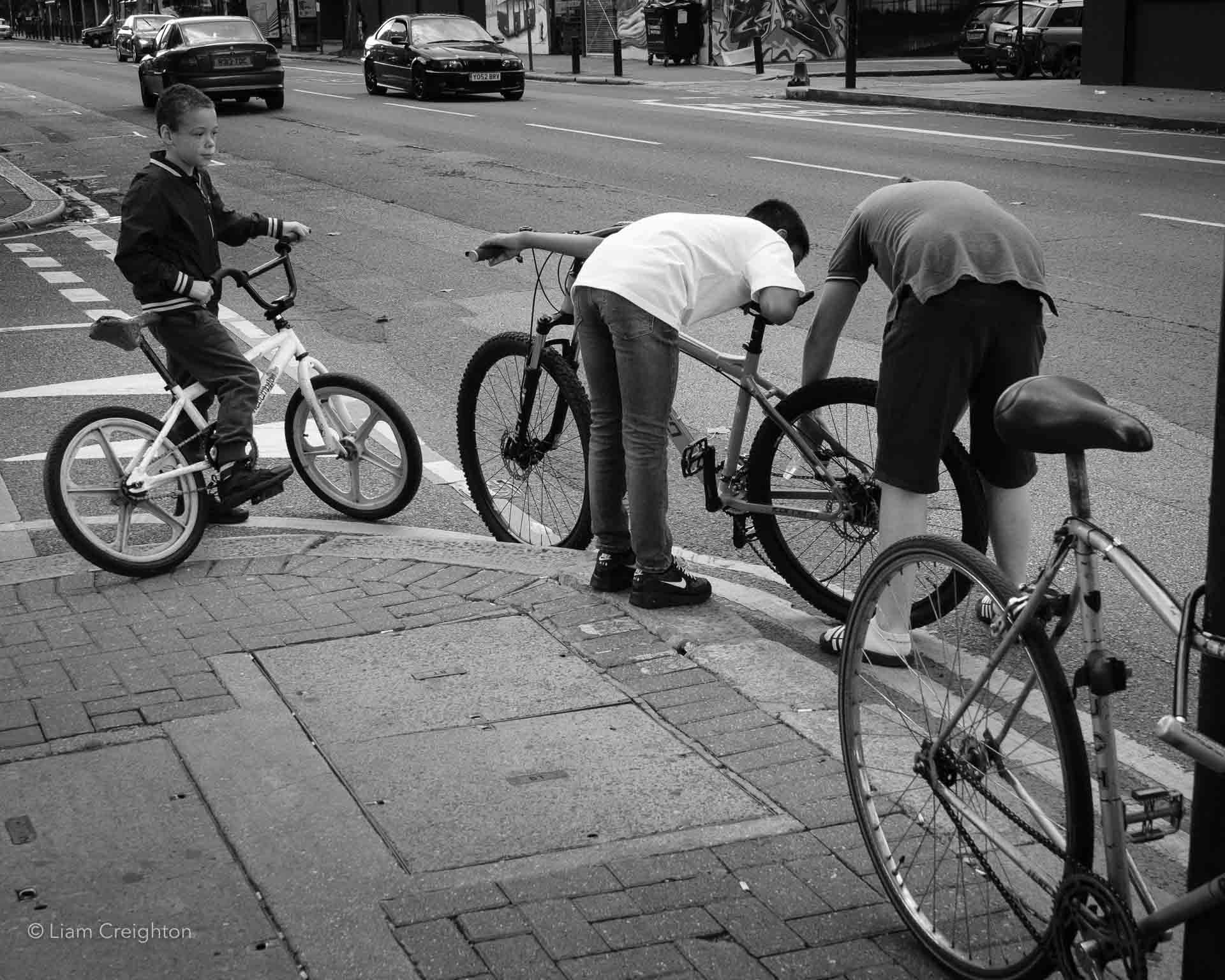
Loose chain, Hackney Road, 1st September 2017, Fuji X-T20.
The Gossamer City

The Gossamer City, Hackney Road, 1st September 2017, Fuji X-T20,
V&H Recovery
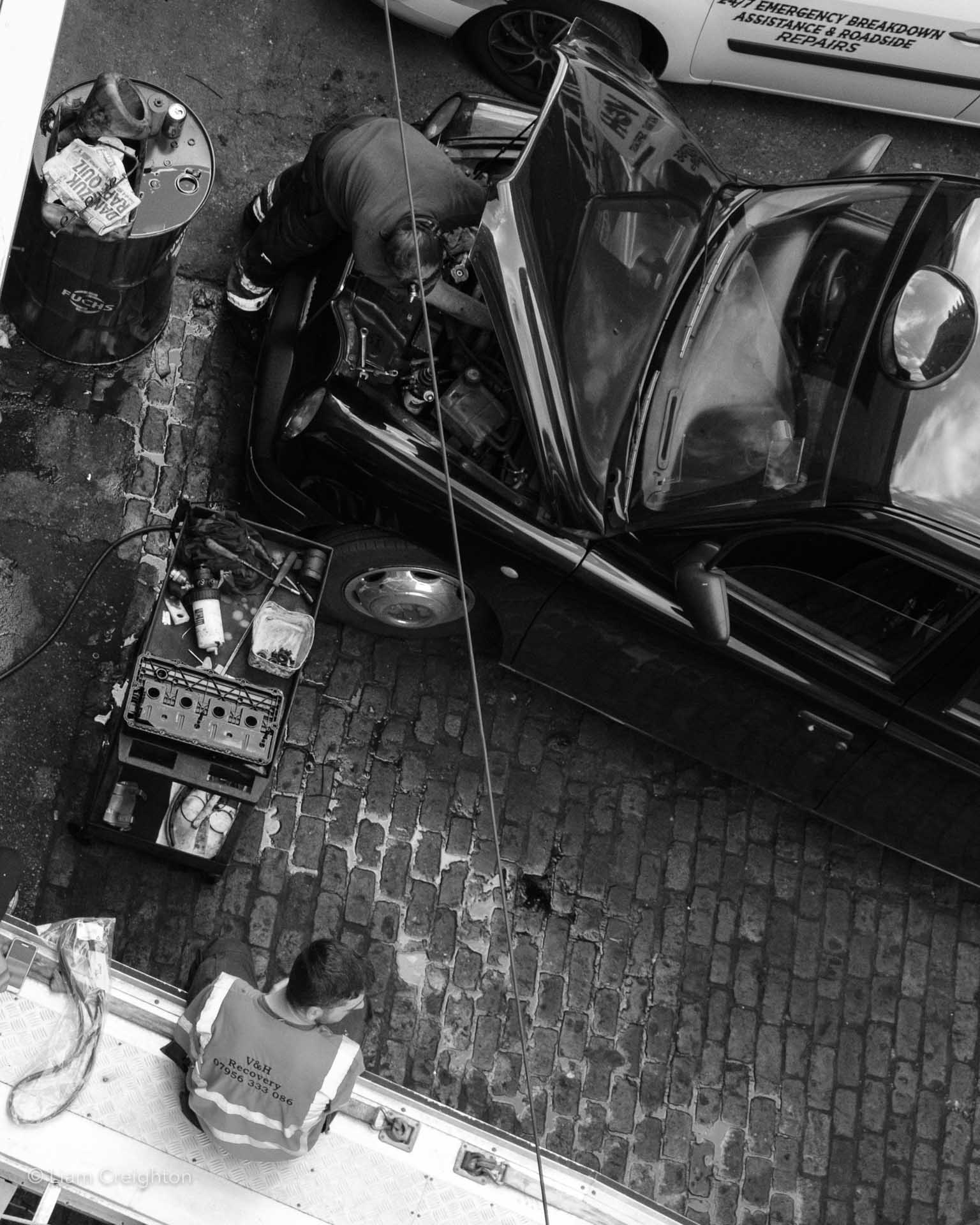
V&H Recovery, Bethnal Green, 1st September 2017, Fuji -T20.
A Cat on the Shoulder
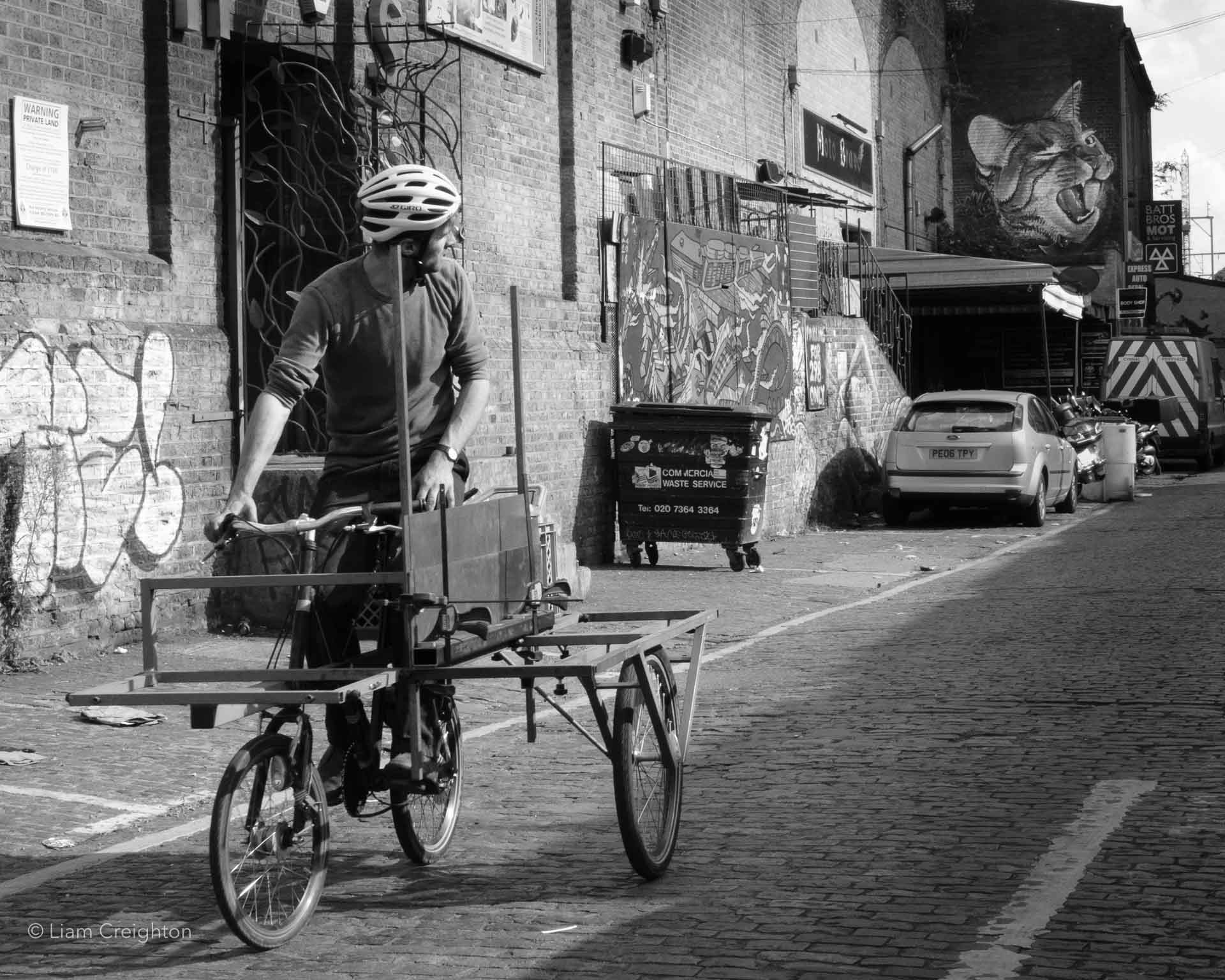
A Cat on the Shoulder, Bethnal Green, 1st September 2017, Fuji X-T20.
Between Haggerston and Hoxton Stations
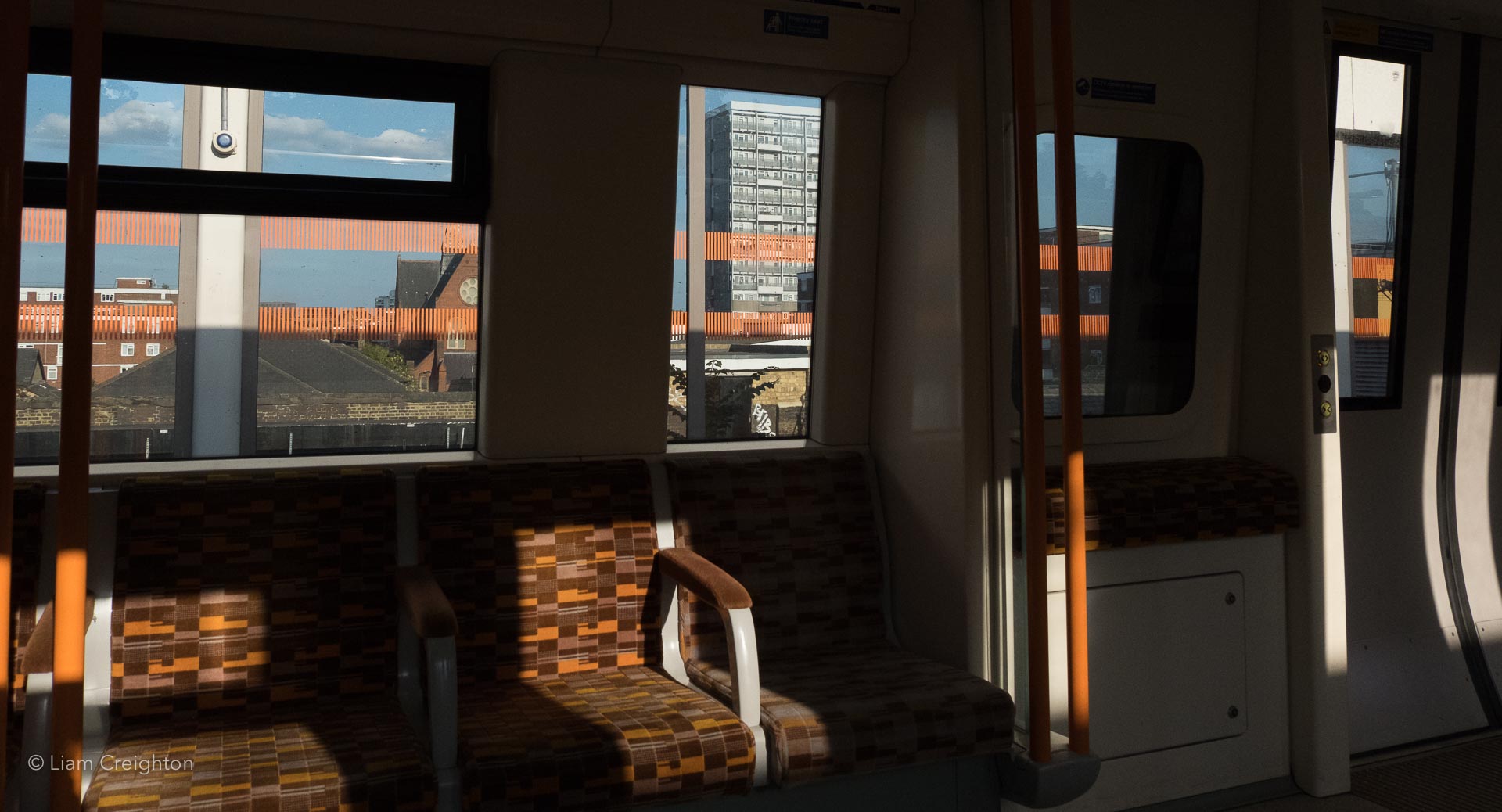
London Overground between Haggerston and Hoxton, 27th August 2017, Fuji X-T20.
Dalston Junction
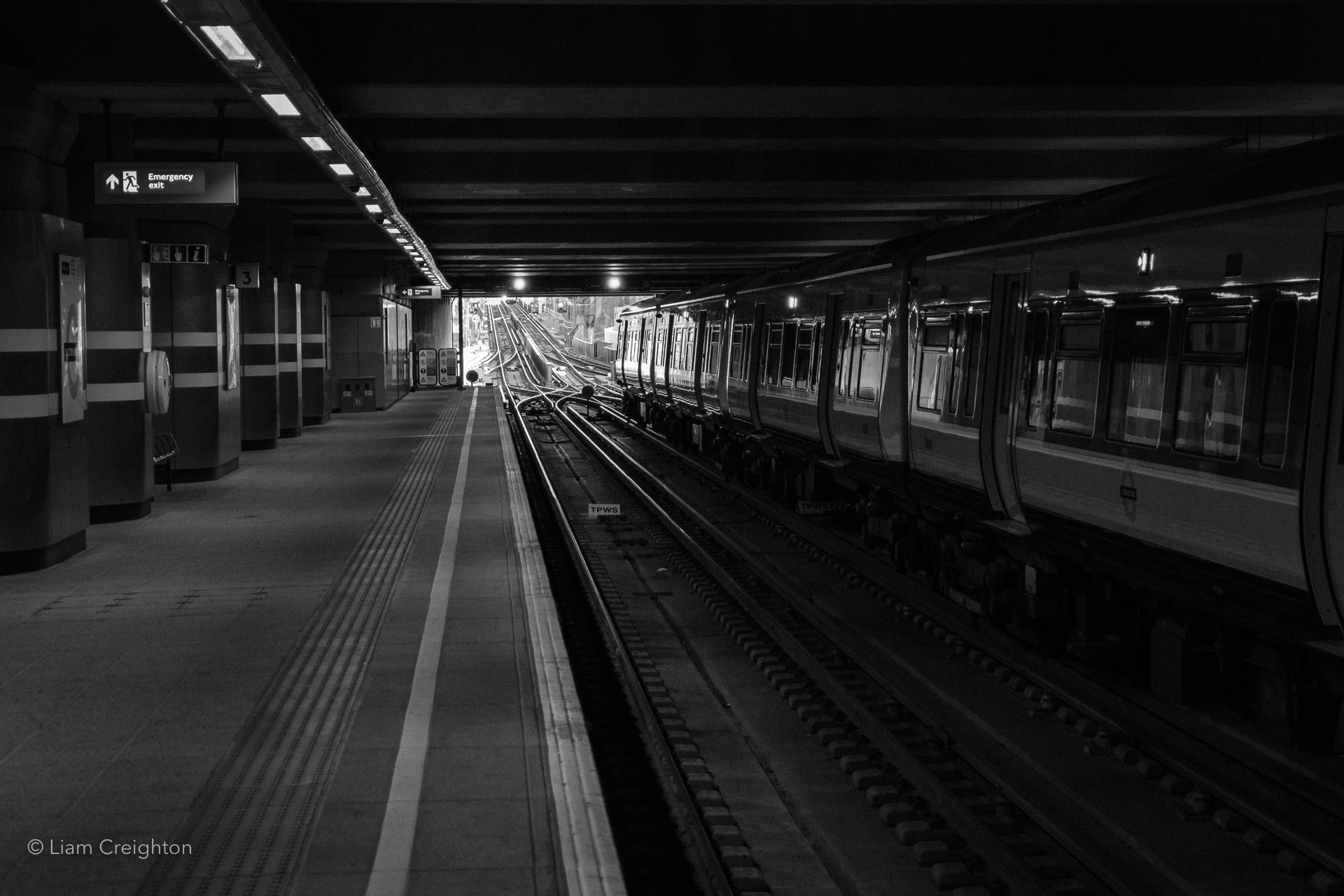
Dalston Junction, Sun 27th August 2017, Fuji X-T20.
Birdboxes, Duncan Terrace, London
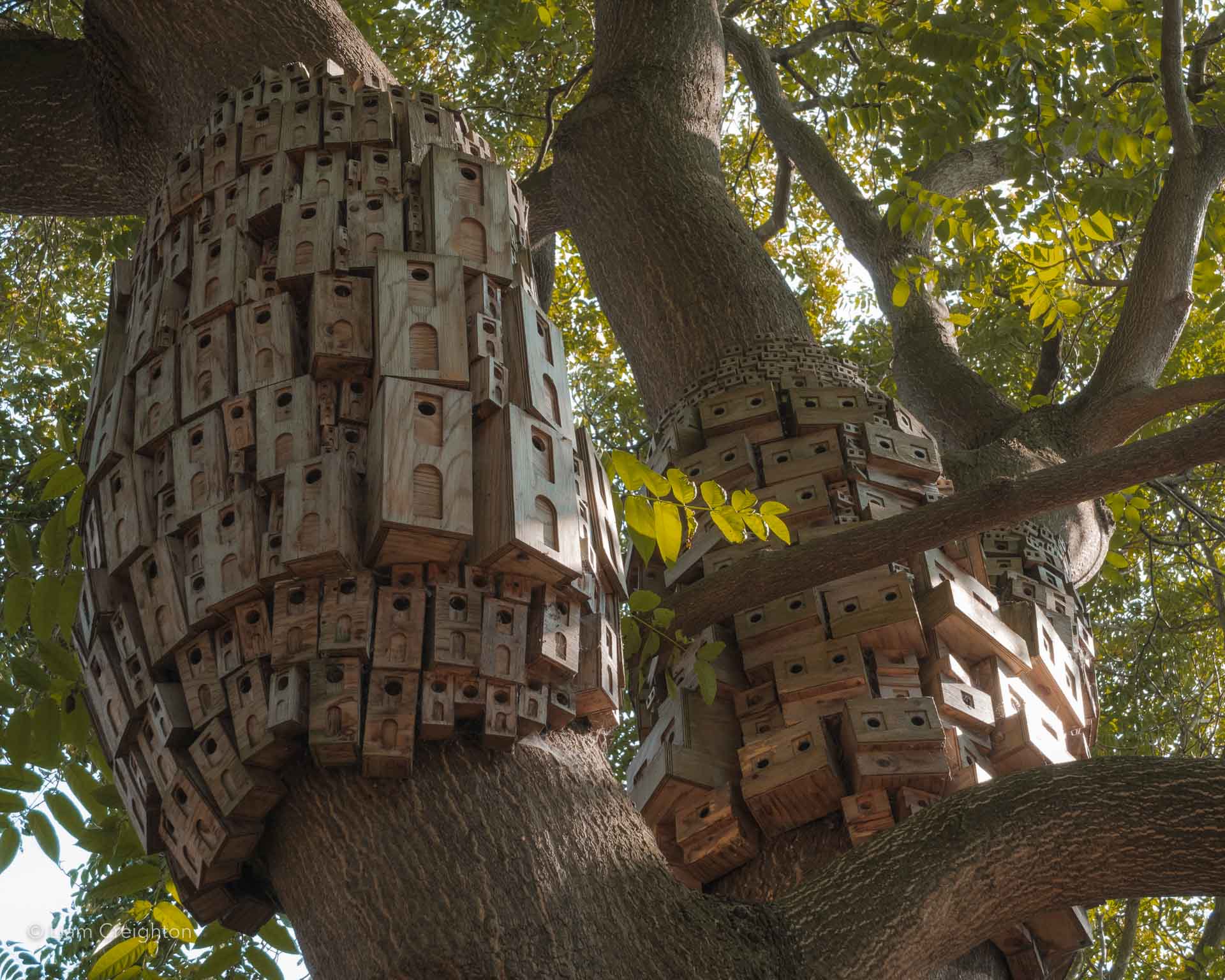
Birdboxes, Duncan Terrace, London, 27 August 2017, Fuji X-T20.
Colebrooke Row, London
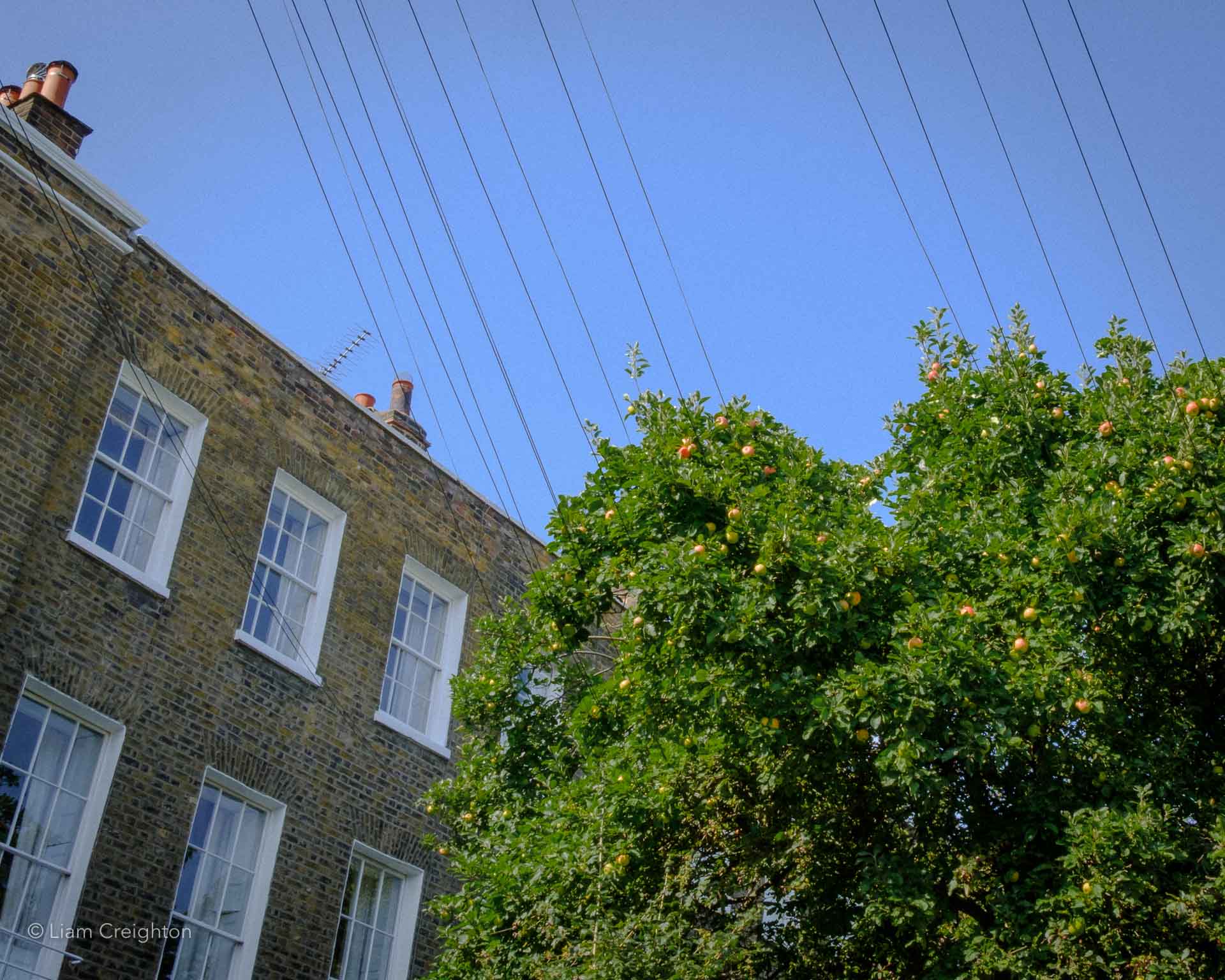
Colebrooke Row, London, 27th August 2017, Fuji X-T20.
Olympic Park
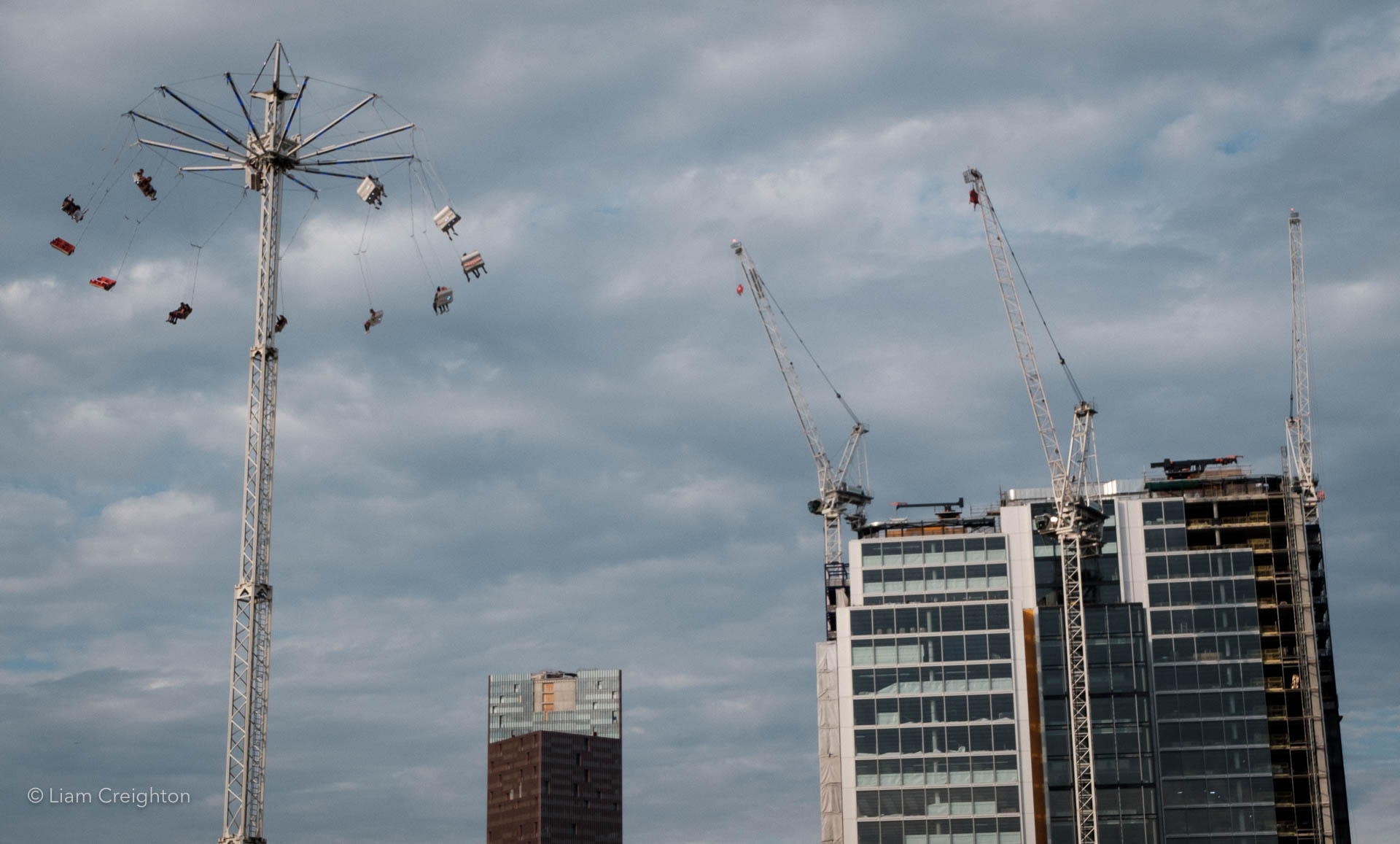
Queen Elizabeth Olympic Park, 22nd August 2017, Fuji X-T20.
